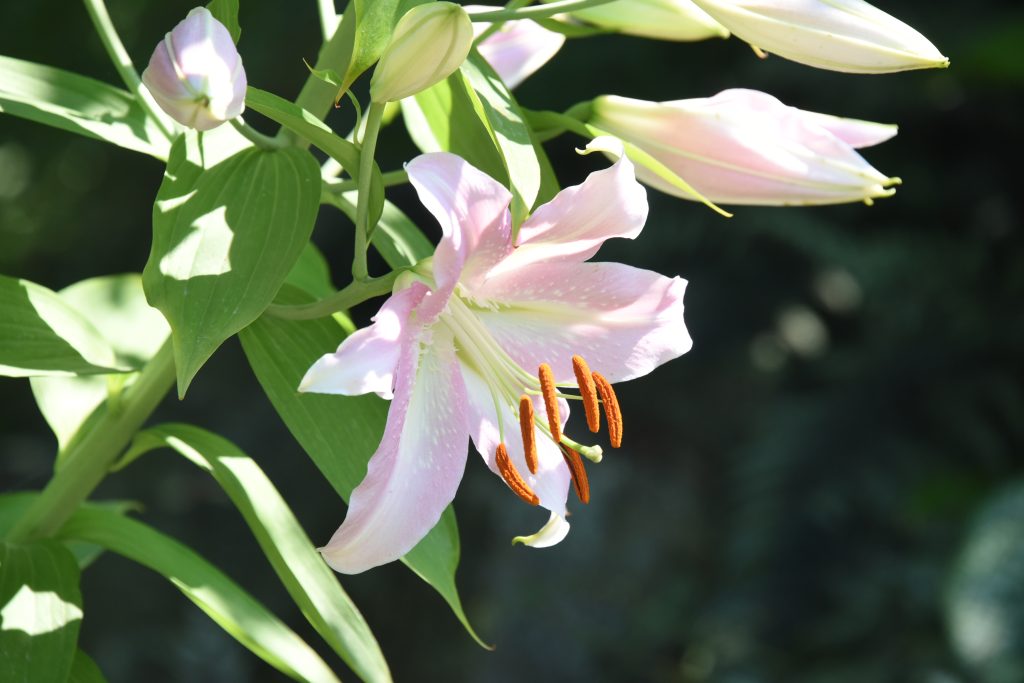Staff Picks
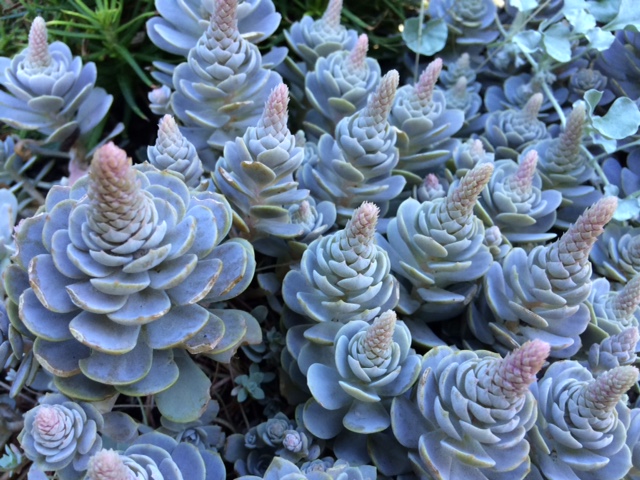
Orostachys iwarenge, better known as Dunce Caps, is beginning to bloom on the Rainbow Terrace in the Bibby and Harold Alfond Children’s Garden. – Jen, horticulturist
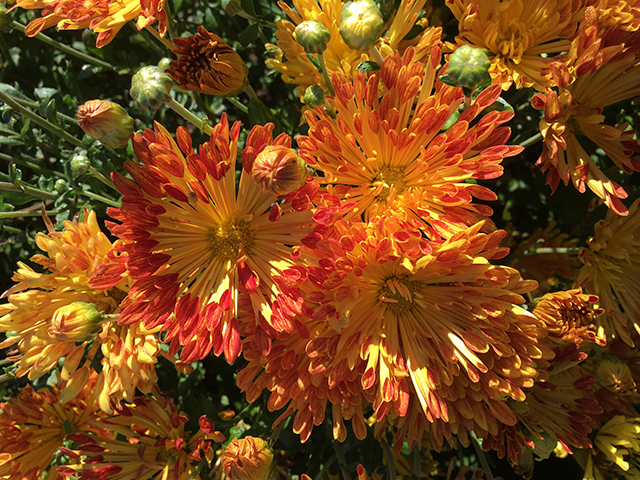
In the Great Lawn North Bed (closest to the Burpee Kitchen Garden), be sure to walk on the lawn to check out a new addition to our permanent collection, Chrysanthemum ‘Matchsticks,’ a hardy perennial mum. It boasts a plethora of flowers and funky, spoon-like petals. A very fun cultivar indeed! – Syretha, horticulturist

Check out the Cardoons (Cynara cardunculus), reaching over 5’ tall and just beginning to bloom at the edge of the Cleaver Event Lawn. This relative of the globe artichoke has edible leave stalks versus meaty flower heads. – Anna, horticulturist
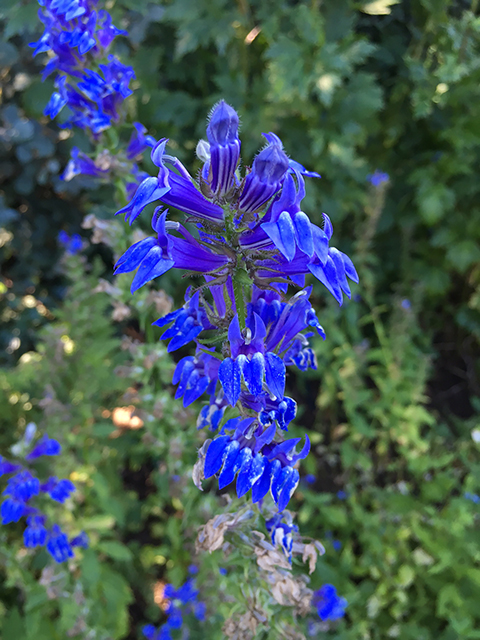
In both the Lerner Garden of the Five Senses and its neighbor Slater Forest Pond, the Lobelia siphilitica (Great Blue Lobelia) is looking beautiful! One of our Rare and Extraordinary Plants this year, it has not been found growing wild in the state for many years. Considered critically imperiled in much of New England, it couldn’t be happier here at CMBG! Come see this beauty for yourself! – Syretha, horticulturist
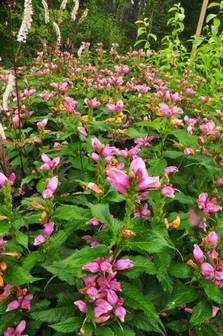
Chelone lyonii ‘Hot Lips’ (Turtlehead) is one of my favorite late season flowering plants. With a name like ‘Hot Lips’, what’s not to love? Check it out in the Slater Forest Pond Garden. – Will, horticulturist
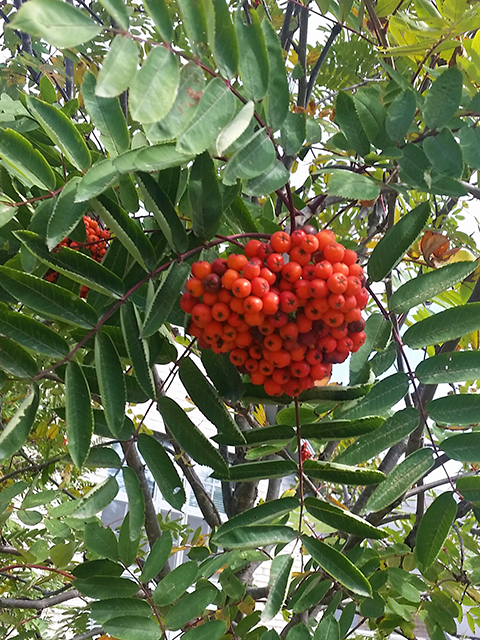
The Showy Mountain Ash (Sorbus decora) is a native to Maine that produces berries, which change to a red-orange color as fall begins. Located by the Bosarge Family Education Center. – Sarah, public horticulture intern
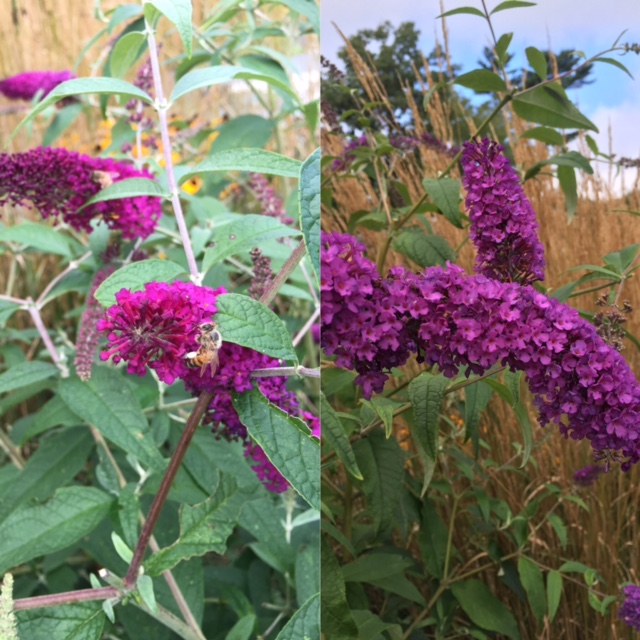
In the Great Lawn Ledge Bed, be sure to check out the Butterfly Bushes in full bloom! Beloved by honey bees as well as butterflies, these plants make a great late summer bloom addition to any sun garden. Here you see Buddleja davidii ‘Attraction’ on the left and Buddleja davidii ‘Potter’s Purple’ on the right. – Syretha, horticulturist
